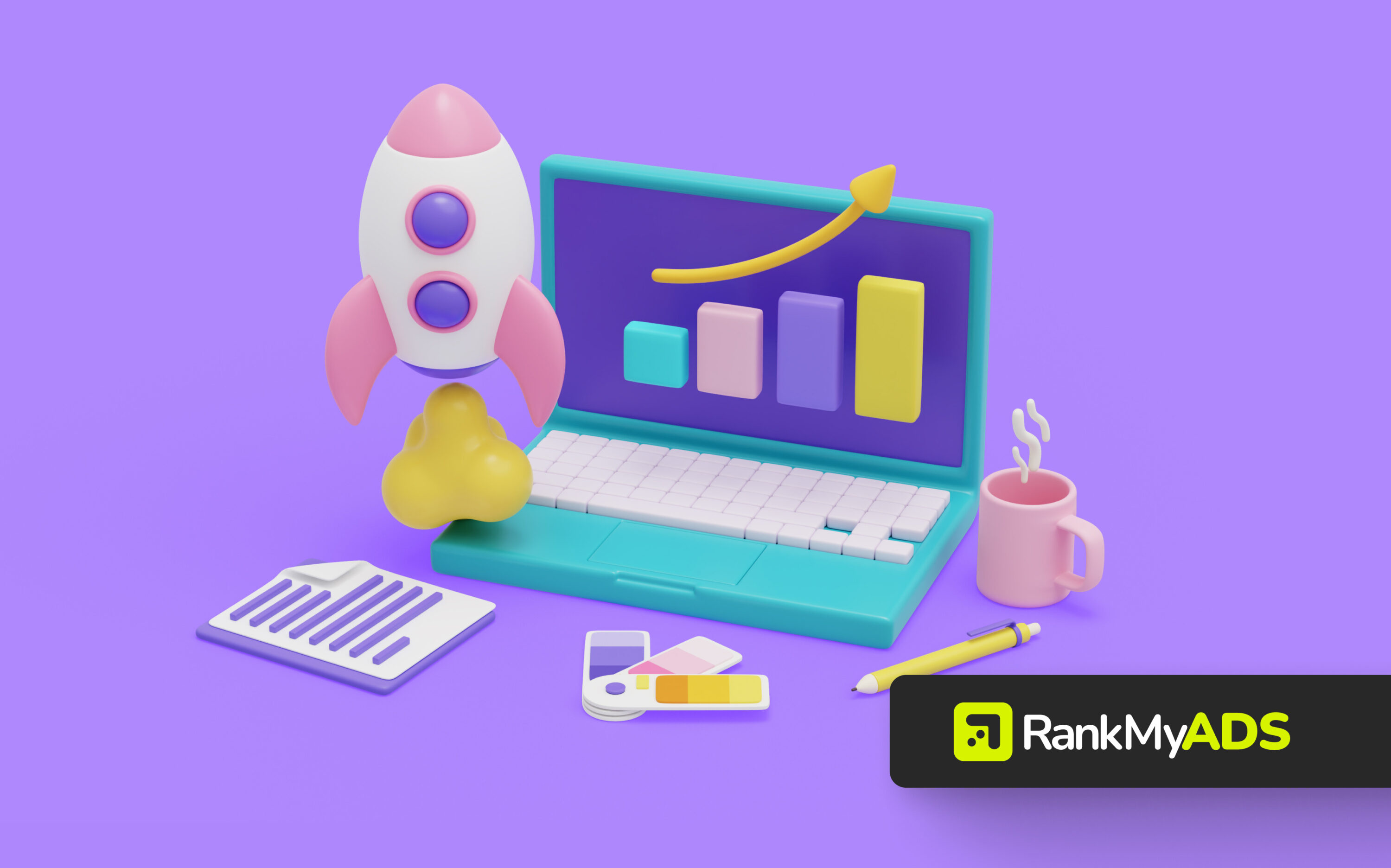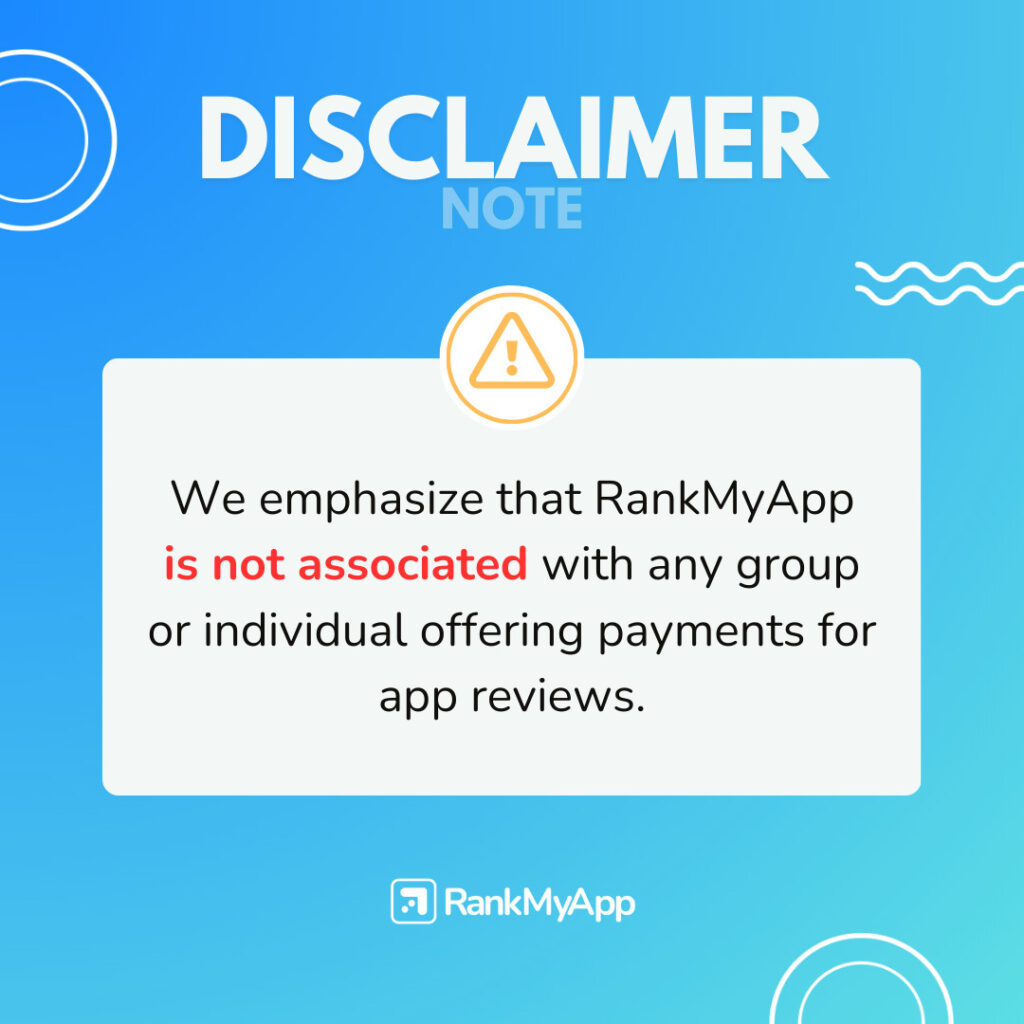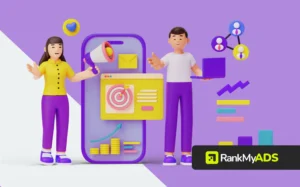When you invest in advertising to promote your app, the choice of media buying model can be decisive for the success of your campaigns. Two of the most popular and effective models are CPC (Cost Per Click) and CPM (Cost Per Thousand Impressions).
Each offers distinct advantages that can directly impact the reach and conversion of your campaigns.
Understanding how CPC and CPM work and how they align with your app’s objectives is essential to optimizing your investment and ensuring the best possible results. In this article, we’ll explore the difference between CPC and CPM, how each works, and in which situations they can be most advantageous for your media campaigns. By the end, you’ll have a clear view of which model can offer the best return on your investment.
What is CPC?
CPC, or Cost Per Click, is a digital media buying model in which the advertiser pays every time a user clicks on their ad. This format is widely used on advertising platforms such as Google Ads, Facebook Ads and other social networks, where the main objective is to drive qualified traffic to a specific application, website or landing page.
CPC is particularly attractive to advertisers who want to ensure that their advertising investment results in tangible interactions, such as website visits, app downloads or form fills.
Unlike other billing models, in CPC payment is only made when a user clicks on the ad, which can be more effective for campaigns seeking direct and measurable results.
The CPC model is especially effective when your goal is to attract qualified visitors to your app, who are more likely to convert into active users. By paying only for the clicks you receive, you ensure that your investment is directed towards real and potentially profitable interactions.
When to use CPC
CPC is particularly effective in various situations and campaigns:
- Increasing downloads or subscriptions: If your goal is to increase the number of downloads of your app or encourage sign-ups to a service, CPC is an excellent choice. It ensures that you only pay when users click on your ad and move on to the next stage of the conversion funnel.
- Retargeting campaigns: CPC is ideal for retargeting campaigns, where you want to reach users who have already interacted with your app or website. By targeting an audience that has already shown interest, CPC helps maximize the effectiveness of these campaigns by only paying for clicks from users who are more likely to convert.
- Temporary promotions: If you’re promoting a limited-time offer or a new feature of your app, CPC allows you to target your budget to generate immediate traffic, increasing the chances of conversion during the promotion period.
- A/B testing of ads: As CPC allows you to pay for clicks, it is an effective tool for carrying out A/B tests of different ad versions. You can test different creatives, texts and calls to action (CTAs) to identify which generate the most clicks and conversions, continually optimizing your campaigns.
CPC is therefore a powerful option for campaigns that require direct and measurable results, allowing you to maximize the impact of your digital advertising investment.
What is CPM?
CPM, or Cost Per Thousand Impressions, is a digital media buying model in which the advertiser pays for every thousand views of their ad, regardless of how many times the ad is clicked.
Unlike CPC, which focuses on clicks and direct actions, CPM is more focused on increasing the visibility and reach of your brand. This model is widely used in branding campaigns, where the main objective is to build brand presence and recognition among a wide audience.
CPM is more effective for campaigns aimed at increasing your app’s awareness, reaching a large number of people with less focus on immediate actions. It is ideal for building brand presence and for campaigns that require broad and continuous exposure.
When to use CPM
CPM is particularly effective in various situations and campaign types:
- Branding campaigns: If your goal is to strengthen your brand presence and increase the visibility of your app, CPM is the right choice. It is ideal for branding campaigns, where the focus is on ensuring that as many people as possible see and become familiar with your brand, setting the stage for future conversions.
- Product or functionality launches: During the launch of a new app, feature or service, CPM can be used to create a huge wave of awareness. By ensuring that your ad is seen by thousands of people, you increase the chances that the new launch will be widely known, even before you focus on conversions.
- Special events and promotions: For events or promotions that need mass promotion, CPM offers the possibility of reaching a large audience quickly. This is essential for generating buzz and ensuring that the event or promotion is known by a broad segment of your audience.
- Reinforcing multichannel campaigns: CPM can be used in conjunction with other media buying models, such as CPC, to create an integrated marketing strategy. While CPM generates reach and visibility, CPC can be used to capture and convert the interest generated into more specific actions, such as downloads or registrations.
In short, CPM is an excellent choice for campaigns where the priority is to maximize exposure and strengthen brand presence. It allows you to reach a large audience in a cost-effective way, laying the foundations for a successful and long-lasting marketing strategy.
Comparing CPC and CPM
Which model generates more value?
The choice between CPC (Cost per Click) and CPM (Cost per Thousand Impressions) depends on what you want to achieve. If you want to attract qualified visitors and better control your budget, CPC may be ideal, as you only pay when someone clicks on your ad.
On the other hand, if your aim is to reach as many people as possible in order to increase your brand’s visibility, CPM may be more advantageous. With CPM, you pay per thousand impressions, which can be more effective for branding campaigns or product launches.
Cost and return analysis
CPC may be more expensive per click, but it generally generates more qualified leads, which can result in a better return on investment (ROI). CPM tends to be more economical for reaching large audiences, but may not guarantee as many direct actions, such as clicks or conversions.
Target audience considerations
If your audience tends to interact with ads, CPC can be more effective, as you only pay for clicks. If you are launching a new app and need to increase visibility quickly, CPM may be the best choice, allowing your ad to be seen by a large number of people.
Strategies to maximize results with CPC
1. A/B testing of ads
An effective way to optimize your CPC campaigns is to carry out A/B tests with different versions of your ads. This involves creating several variations of an ad, changing elements such as calls to action (CTAs), images and texts. By testing these variations, you can identify which combinations generate the most clicks and improve the conversion rate, maximizing your return on investment (ROI).
2. Audience segmentation
Precise audience segmentation is fundamental to the success of CPC campaigns. Use demographic data, such as age and gender, as well as behavioral and location information, to target your ads at the users most likely to convert into customers. Well-defined segmentation helps ensure that your budget is invested in reaching the right people, increasing campaign efficiency.
3. Landing page optimization
The work doesn’t end when the user clicks on your ad – the page they are directed to needs to be optimized for conversion. Make sure that the landing page has an excellent user experience (UX) and that the CTAs are clear and to the point. A well-designed landing page, with relevant content and easy navigation, significantly increases the chances of turning clicks into valuable actions, such as sign-ups, downloads or purchases.
Strategies to maximize results with CPM
4. Focus on branding
CPM is an excellent tool for building and reinforcing your brand identity. To maximize results, create impactful visual campaigns that leave a lasting impression on users. Even if clicks aren’t immediate, the focus is on ensuring that your brand stays in people’s minds. Creative and memorable ads are essential to maintaining your brand’s relevance and presence in a competitive market.
5. Reaching new audiences
One of the great advantages of CPM is the ability to expand your user base by reaching new audiences who don’t yet know about your app. Use this model to introduce your brand to a wider and more diverse audience. When combined with remarketing strategies, CPM helps keep your brand present throughout the user journey, increasing the chances of future conversions.
6. Integration with other campaigns
CPM can be even more effective when integrated with other marketing strategies, such as CPC campaigns. Use CPM to generate awareness and build an audience base, and then use CPC to convert this initial interest into concrete actions, such as downloads, sign-ups or purchases. This combination allows you to create a more balanced marketing approach, where CPM extends reach and CPC focuses on conversions, resulting in an integrated and efficient marketing strategy.
Conclusion
Both CPC and CPM have their place in an effective app marketing strategy. The choice between the two depends on your specific objectives and the nature of your target audience. Understanding the advantages and disadvantages of each model allows you to make informed decisions and maximize the return on your investment.
Contact us and find out how we can improve your campaigns and boost your app’s success!





